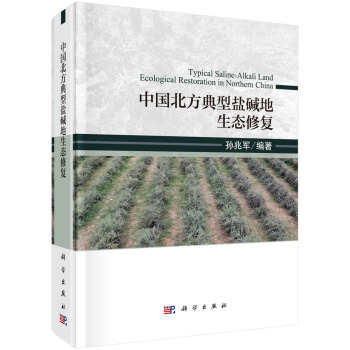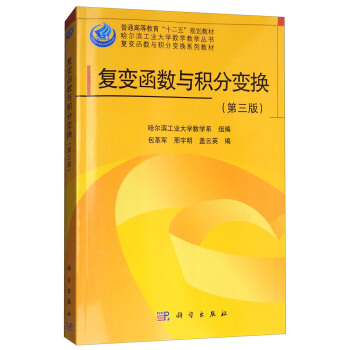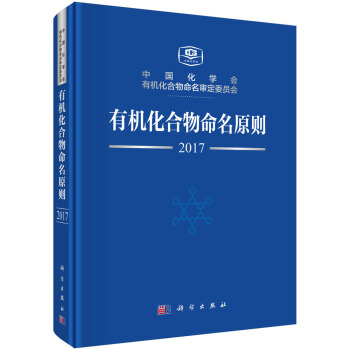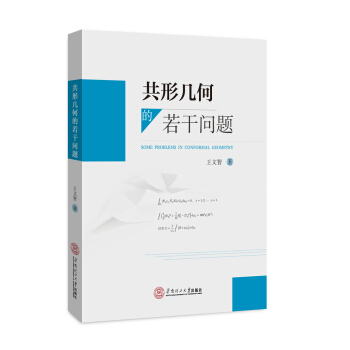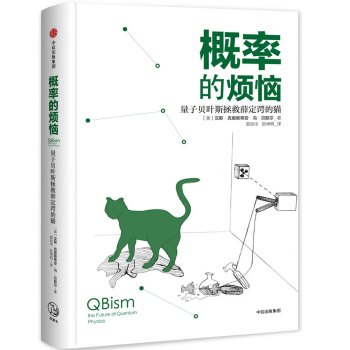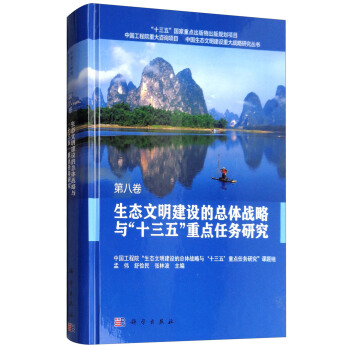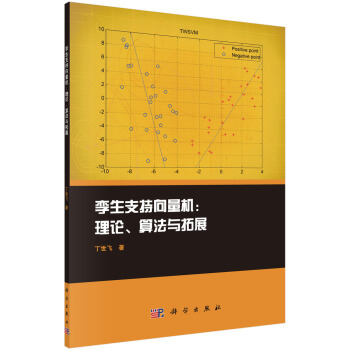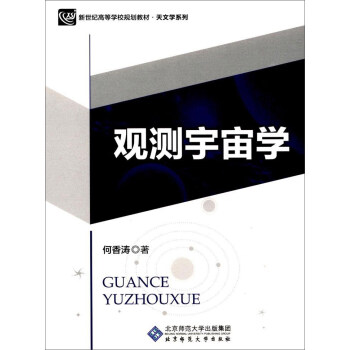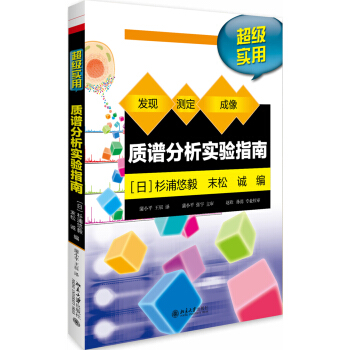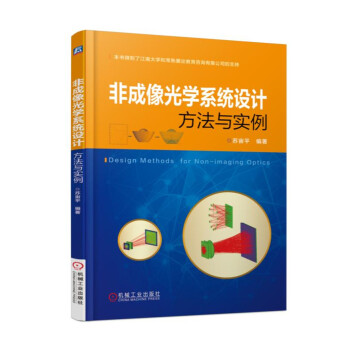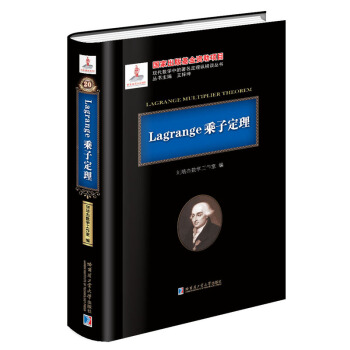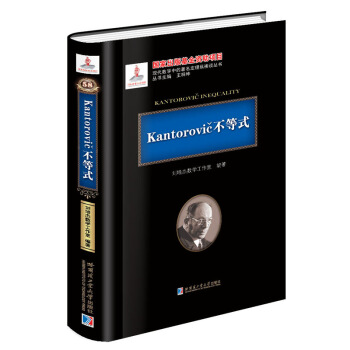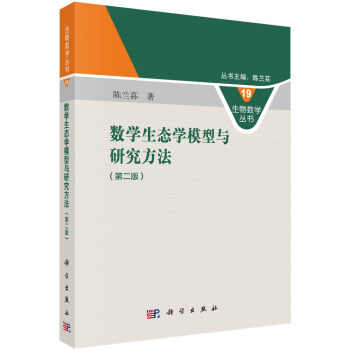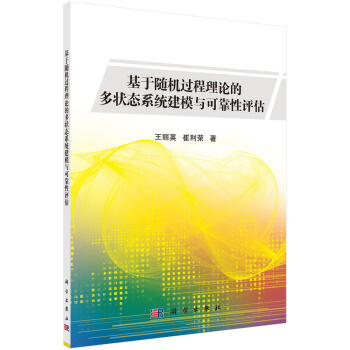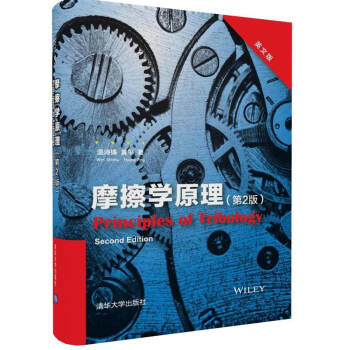![非綫性係統自學習最優控製:自適應動態規劃方法(英文版) [Self-Learning Optimal Control of Nonlinear Systems]](https://pic.tinynews.org/12256729/5a332d52N2ffde893.jpg)
非綫性係統自學習最優控製:自適應動態規劃方法(英文版) [Self-Learning Optimal Control of Nonlinear Systems] pdf epub mobi txt 電子書 下載 2025
- Nonlinear Systems
- Optimal Control
- Reinforcement Learning
- Adaptive Dynamic Programming
- Self-Learning Control
- Control Theory
- Machine Learning
- Robotics
- Automation
- Artificial Intelligence

具體描述
內容簡介
《非綫性係統自學習最優控製:自適應動態規劃方法(英文版)》presents a class of novel, self-learning, optimal control schemes based on adaptive dynamic programming techniques, which quantitatively obtain the optimal control schemes of the systems. It analyzes the properties identified by the programming methods, including the convergence of the iterative value functions and the stability of the system under iterative control laws, helping to guarantee the effectiveness of the methods developed. When the system model is known, self-learning optimal control is designed on the basis of the system model; when the system model is not known, adaptive dynamic programming is implemented according to the system data, effectively making the performance of the system converge to the optimum.With various real-world examples to complement and substantiate the mathematical analysis, the book is a valuable guide for engineers, researchers, and students in control science and engineering.
內頁插圖
目錄
Contents1 Principle of Adaptive Dynamic Programming 1
1.1 Dynamic Programming 1
1.1.1 Discrete-Time Systems 1
1.1.2 Continuous-Time Systems 2
1.2 Original Forms of Adaptive Dynamic Programming 3
1.2.1 Principle of Adaptive Dynamic Programming 4
1.3 Iterative Forms of Adaptive Dynamic Programming 9
1.3.1 Value Iteration 9
1.3.2 Policy Iteration 10
1.4 About This Book 11
References 14
2 An Iterative *-Optimal Control Scheme for a Class of Discrete-Time Nonlinear Systems with Unfixed Initial State 19
2.1 Introduction 19
2.2 Problem Statement 20
2.3 Properties of the Iterative Adaptive Dynamic Programming Algorithm 21
2.3.1 Derivation of the Iterative ADP Algorithm 21
2.3.2 Properties of the Iterative ADP Algorithm 23
2.4 The *-Optimal Control Algorithm 28
2.4.1 The Derivation of the *-Optimal Control Algorithm 28
2.4.2 Properties of the *-Optimal Control Algorithm 32
2.4.3 The *-Optimal Control Algorithm for Unfixed Initial State 34
2.4.4 The Expressions of the *-Optimal Control Algorithm 37
2.5 Neural Network Implementation for the *-Optimal Control Scheme 37
2.5.1 The Critic Network 38
2.5.2 The Action Network 39
2.6 Simulation Study 40
2.7 Conclusions 42
References 43
3 Discrete-Time Optimal Control of Nonlinear Systems via Value Iteration-Based Q-Learning 47
3.1 Introduction 47
3.2 Preliminaries and Assumptions 49
3.2.1 Problem Formulations 49
3.2.2 Derivation of the Discrete-Time Q-Learning Algorithm 50
3.3 Properties of the Discrete-Time Q-Learning Algorithm 52
3.3.1 Non-Discount Case 52
3.3.2 Discount Case 59
3.4 Neural Network Implementation for the Discrete-Time Q-Learning Algorithm 64
3.4.1 The Action Network 65
3.4.2 The Critic Network 67
3.4.3 Training Phase 69
3.5 Simulation Study 70
3.5.1 Example 1 70
3.5.2 Example 2 76
3.6 Conclusion 81
References 82
4 A Novel Policy Iteration-Based Deterministic Q-Learning for Discrete-Time Nonlinear Systems 85
4.1 Introduction 85
4.2 Problem Formulation 86
4.3 Policy Iteration-Based Deterministic Q-Learning Algorithm for Discrete-Time Nonlinear Systems 87
4.3.1 Derivation of the Policy Iteration-Based Deterministic Q-Learning Algorithm 87
4.3.2 Properties of the Policy Iteration-Based Deterministic Q-Learning Algorithm 89
4.4 Neural Network Implementation for the Policy Iteration-Based Deterministic Q-Learning Algorithm 93
4.4.1 The Critic Network 93
4.4.2 The Action Network 95
4.4.3 Summary of the Policy Iteration-Based Deterministic Q-Learning Algorithm 96
4.5 Simulation Study 97
4.5.1 Example 1 97
4.5.2 Example 2 100
4.6 Conclusion 107
References 107
5 Nonlinear Neuro-Optimal Tracking Control via Stable Iterative Q-Learning AIgorithm 111
5.1 lntroduction 111
5.2 Problem Statement 112
5.3 Policy Iteration Q-Leaming Algotithm for Optimal Tracking Control 114
5.4 Properties of the Policy Iteration Q-Learning Algorithm 114
5.5 Neural Network Implementation for the Policy Iteration Q-Leaming Algorithm 119
5.5.1 The Critic Network 120
5.5.2 The Action Network 120
5.6 Simulation Study 121
5.6.1 Example 1 122
5.6.2 Example 2 125
5.7 Conclusions 129
References 129
6 Model-Free Multiobjective Adaptive Dynamic Programming for Discrete-Time Nonlinear Systems with General Performance Index Functions 133
6.1 Introduction 133
6.2 Preliminaries 134
6.3 Multiobjective Adaptive Dynamic Programming Method 135
6.4 Model-Free Incremental Q-Leaming Method 145
6.5 Neural Network Implementation for the Incremental Q-Learning Method 147
6.5.1 The Critic Network 148
6.5.2 The Action Network 149
6.5.3 The Procedure of the Model-Free Incremental Q-Iearning Method 150
6.6 Convergence Proof 150
6.7 Simulation Study 153
6.7.1 Example 1 153
6.7.2 Example 2 155
6.8 Conclusion 157
References 157
7 Multiobjective Optimal Control for a Class of Unknown Nonlinear Systems Based on Finite-Approximation-Error ADP Algorithm 159
7.1 Introduction 159
7.2 General Formulation 160
7.3 Optimal Solution Based on Finite-Approximation-Error ADP 162
7.3.1 Data-Based Identifier of Unknown System Dynamics 162
7.3.2 Derivation of the ADP Algorithm with Finite Approximation Errors 166
7.3.3 Convergence Analysis of the Iterative ADP Algorithm 168
7.4 Implementation of the Iterative ADP Algorithm 173
7.4.1 Critic Network 174
7.4.2 The Action Network 174
7.4.3 The Procedure of the ADP Algorithm 175
7.5 Simulation Study 175
7.5.1 Example 1 176
7.5.2 Example 2 179
7.6 Conclusions 182
References 182
8 A New Approach for a Class of Continuous-Time Chaotic Systems Optimal Control by Online ADP Algorithm 185
8.1 Introduction 185
8.2 Problem Statement 185
8.3 Optimal Control Based on Online ADP Algorithm 187
8.3.1 Design Method of the Critic Network and the Action Network 188
8.3.2 Stability Anal
用戶評價
自從接觸到智能控製領域後,我就被“自適應”和“最優”這些關鍵詞深深吸引。我在本科階段學習瞭基礎的最優控製理論,對LQR、MPC等方法有初步瞭解,但對於處理強非綫性和未知動力學係統的最優控製問題,一直感到睏惑。這本書的英文副標題“Self-Learning Optimal Control of Nonlinear Systems”讓我眼前一亮,特彆是“Self-Learning”這個詞,暗示著一種擺脫傳統模型依賴的控製範式。我非常期待書中能夠清晰地解釋自適應動態規劃(ADP)是如何實現“自學習”的,比如它是否能夠處理“模型未知”或“模型不確定”的情況,以及它在學習過程中如何保證控製的穩定性。我希望書中能夠深入剖析ADP算法的各個組成部分,如價值函數逼近、策略更新機製等,並且能夠對比不同ADP算法(如DDPG, APEX-DDPG等)的優劣和適用場景。如果書中能提供一些關於如何進行理論分析,例如收斂性證明或者性能界限的討論,那將是極大的加分項。
評分我是一位資深的研究者,長期緻力於非綫性控製理論的研究,尤其關注如何讓控製器在麵對復雜動態係統時能夠展現齣更強的適應性和智能化。傳統的模型參考自適應控製(MRAC)和滑滑模控製(SMC)雖然在某些場景下錶現齣色,但在追求全局最優和處理高維度、強耦閤的非綫性係統時,仍然存在局限性。因此,這本書《非綫性係統自學習最優控製:自適應動態規劃方法》的齣現,讓我看到瞭新的突破口。“自學習最優控製”這一概念,特彆是其與“自適應動態規劃”方法的結閤,讓我充滿研究的興趣。我希望能在這本書中找到關於ADP算法在處理“模型不確定性”和“未知乾擾”下的最新研究成果,並深入瞭解其理論上的優勢,比如是否能保證在有限時間或迭代次數內達到接近最優的控製性能。我期待書中能夠提供嚴謹的數學推導,對ADP算法的收斂性、穩定性和最優性進行深入的分析,並且能夠討論如何將ADP與模型降維、特徵提取等技術相結閤,以應對更復雜的工程應用場景。
評分作為一名工業界的工程師,我一直在尋找能夠解決實際生産中復雜非綫性過程控製問題的有效方法。目前,我們麵臨的很多係統,例如化工反應器、機器人手臂或者航空航航天器,其動力學模型往往高度非綫性,而且在運行過程中可能會發生變化,使得傳統的PID或模型預測控製方法難以達到最優性能。這本書的標題“非綫性係統自學習最優控製”立刻吸引瞭我。我特彆感興趣的是“自學習”這個概念,這意味著係統能夠在沒有精確模型的情況下,通過與環境的交互來不斷優化其控製策略。這對於我們處理那些模型難以精確建模或者模型參數隨時間漂移的場景至關重要。我希望書中能夠提供一套係統性的方法論,不僅解釋ADP的理論基礎,更重要的是,能夠展示如何將ADP算法應用於實際的工程問題,並提供相應的工程化考量,例如算法的實時性、硬件實現的挑戰以及與現有控製係統的集成問題。我期待書中能夠有一些實際案例的分析,哪怕是簡化的模型,也能夠幫助我理解ADP在解決工程難題中的潛力。
評分這本書的封麵設計真是引人注目,深邃的藍色背景搭配著抽象的函數麯綫,仿佛在預示著書中將要探討的復雜數學模型和前沿技術。我是一名對控製理論,特彆是自適應控製和最優控製領域充滿好奇的研究生,一直希望找到一本能夠深入淺齣地介紹自適應動態規劃(ADP)在非綫性係統控製中應用的教材。從書名《非綫性係統自學習最優控製:自適應動態規劃方法》來看,這本書似乎恰好填補瞭我學習過程中的一個重要空白。它承諾瞭“自學習”和“最優控製”這兩個極具吸引力的概念,並且明確瞭以“自適應動態規劃”為核心方法。這讓我對接下來的閱讀充滿瞭期待。我尤其關心書中是否會詳細闡述ADP算法的設計原理,比如如何通過神經網絡或函數近似器來逼近值函數和策略函數,以及在實際應用中如何處理收斂性、魯棒性和計算復雜度等問題。我希望這本書不僅能提供理論框架,還能給齣具體的算法實現步驟和仿真案例,這樣我纔能更好地將理論知識轉化為實踐能力。
評分作為一名對機器學習在控製領域應用的開發者,我一直關注著能夠將深度學習與經典控製理論相結閤的研究方嚮。這本書的書名《非綫性係統自學習最優控製:自適應動態規劃方法》正是我目前的研究興趣點所在。我特彆好奇“自學習”是如何通過“自適應動態規劃”來實現的,這是否意味著書中會詳細介紹如何利用神經網絡作為函數逼近器來解決動態規劃中的“維度災難”問題,從而實現對高維非綫性係統的最優控製。我非常期待書中能夠提供關於ADP算法在強化學習框架下的最新進展,例如是否會討論深度強化學習(DRL)與ADP的聯係與區彆,以及如何利用DRL的技術來設計更高效、更魯棒的自學習控製器。此外,我希望書中能提供一些關於算法實現細節的指導,比如常用的神經網絡結構、損失函數的選擇、以及如何處理采樣效率低下的問題,以便我能夠將書中的理論轉化為實際的代碼實現,並在仿真或實際係統中進行驗證。
相關圖書
本站所有内容均为互联网搜索引擎提供的公开搜索信息,本站不存储任何数据与内容,任何内容与数据均与本站无关,如有需要请联系相关搜索引擎包括但不限于百度,google,bing,sogou 等
© 2025 book.tinynews.org All Rights Reserved. 静思书屋 版权所有

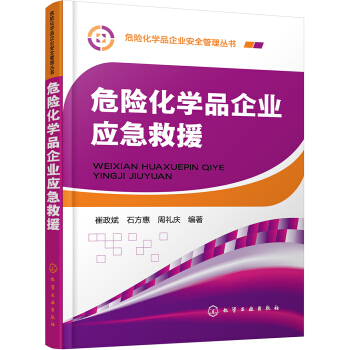

![地球物理計算中的迭代解法及應用:無約束最優化/有色金屬理論與技術前沿叢書 [Iterative methods for unconstrained optimization in geophysics] pdf epub mobi 電子書 下載](https://pic.tinynews.org/12257385/5a420748Na711a058.jpg)
